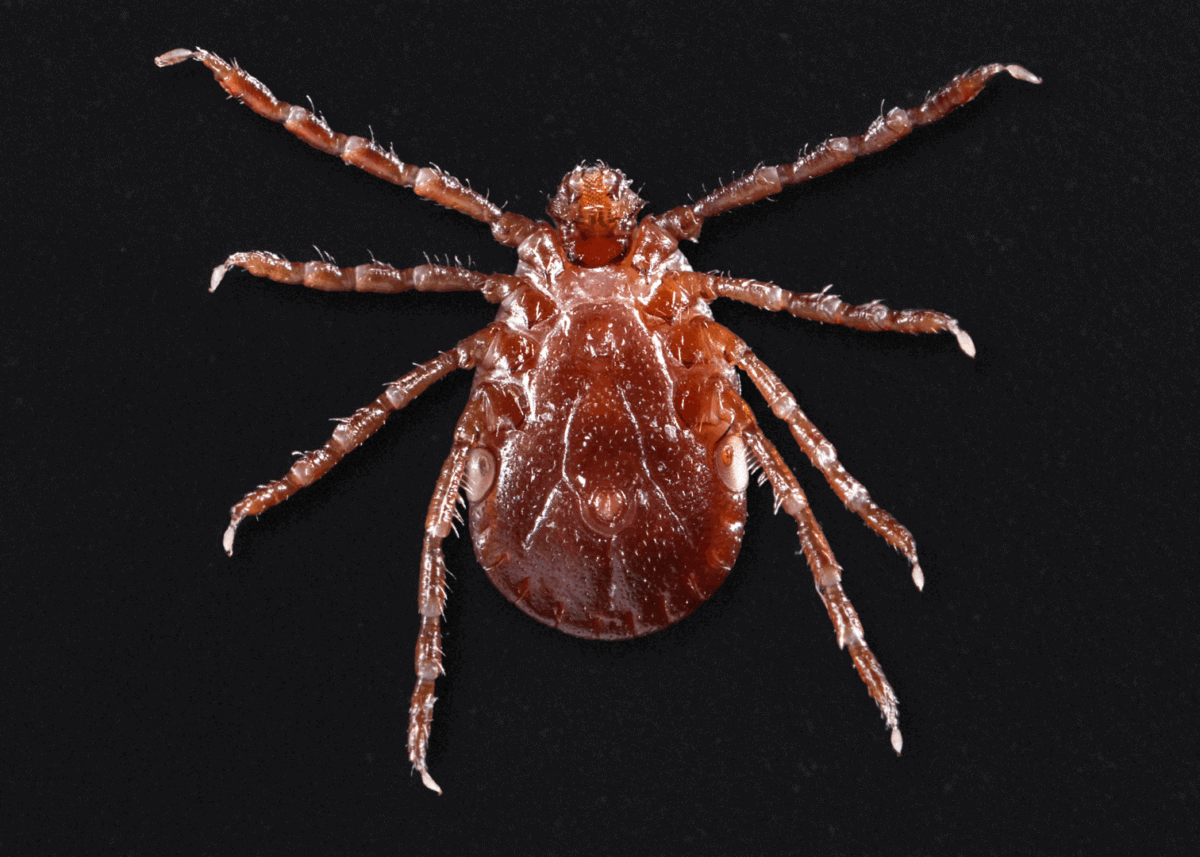The Asian longhorned tick (Haemaphysalis longicornis) is making its presence felt across the eastern United States—but not loudly. Unlike other ticks that move slowly through populations, this one has a secret weapon: it doesn’t need a mate to reproduce. One female can lay thousands of eggs on her own, resulting in explosive population growth. Since it was first detected in the U.S. in 2017, this tiny pest has now been confirmed in over 20 states, including Michigan and Oklahoma, as of this year.
It prefers moist, shaded environments like tall grass, wooded areas, and the fur of passing animals. That means it can move easily between wildlife, pets, livestock, and even humans—often without being noticed until the infestation is well underway.
Health and Agricultural Concerns

This tick may be small, but the risks it carries are large. For cattle, it can transmit Theileria orientalis, a parasite that causes anemia and even death in severe cases. Farmers have reported cows with poor weight gain, reduced milk production, and mysterious fevers. Humans aren’t off the hook either. In Connecticut, researchers confirmed the tick can carry Ehrlichia chaffeensis, the bacteria that cause ehrlichiosis—a potentially dangerous illness marked by fatigue, fever, and muscle aches.
While the tick is not yet known to transmit Lyme disease, its wide range of hosts and ability to carry multiple pathogens make it a serious concern for both animal and public health.
How To Identify and Protect Against the Tick

Spotting this invader early can help prevent it from spreading to pets, livestock, or your family. Here are the key traits and behaviors to watch for:
- Size and Appearance: Adults are small, reddish-brown, and typically 2–3 mm wide when unfed. After feeding, they can swell to the size of a pea.
- Behavior: These ticks don’t jump or fly. Instead, they wait on grass or brush to latch onto a passing host. They often feed in clusters rather than as lone individuals, making infestations more intense.
- Where They’re Found: Look for them in shaded, grassy areas like pasture edges, overgrown backyards, or animal bedding. They’re most active in warm, humid months but can survive through winter if hidden well.
Real-World Impact
Veterinarians and farmers across the Midwest and Southeast are seeing a spike in cases where animals appear weak or show symptoms with no clear cause. Many of these are later linked to longhorned tick bites. Dogs can develop skin irritation, while livestock may experience weight loss and reduced productivity. There’s also concern for people who spend time outdoors, especially in states with growing tick populations.
This tick’s ability to clone itself and spread quickly across regions with no natural predators is what sets it apart from other species. It’s more than a nuisance—it’s an economic and ecological threat.
What You Should Do If You Spot One
If you find a tick that fits the description, remove it carefully with tweezers, clean the bite area with soap and water, and monitor for symptoms like fever or rash. Keep the tick in a sealed container with alcohol in case identification or testing is needed. If the tick was attached to livestock or a pet, notify your veterinarian. If it is found on a person, consult a healthcare provider. Also, reporting any findings to your local extension office helps track its spread and protects your broader community.
Final Takeaway
The Asian longhorned tick is more than just a backyard pest—it’s a fast-moving invader with serious consequences. Its ability to reproduce without mating means it can overwhelm environments quickly. By knowing how to spot it, maintaining clean outdoor spaces, and checking animals regularly, we can slow its spread and protect both health and livelihood.
- Texas Turtles Risk Lives for Love During Spring Mating Season - August 20, 2025
- Spider Bites Florida Woman’s Face While Driving - August 10, 2025
- Bride Surprises Groom With Rescued Animals at Bachelor Party - August 7, 2025

